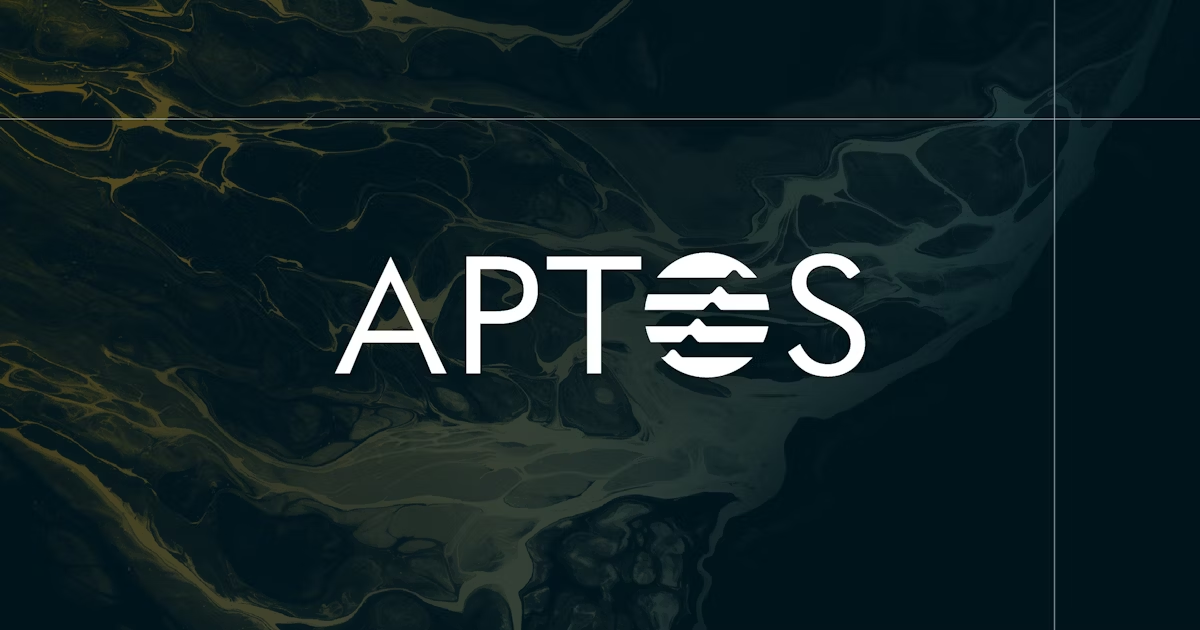- Matic rebrands to Polygon and will be developing an SDK to provide a Substrate-like engine.
- Polygon will use the MATIC token to incentivize user participation.
High congestion and fees on the Ethereum network have become a constant problem for users. While there are already proposed solutions, such as Ethereum 2.0 and EIP-1559, they are still relatively far on the horizon.
Until then, second-layer solutions in particular will have to help overcome the problem. One of these has now been announced by the team from Matic Networks, coinciding with a rebranding. Matic Networks will be known as Polygon from now on and will rely on a new architecture. The solution aims to create a “multi-chain system,” similar to Polkadot, but on the Ethereum blockchain.
This design will allow Polygon to use second-layer sidechains and independent sidechains to enable greater scalability of the Ethereum blockchain. As a result, fees could be reduced while projects will be flexible on choosing the best scaling solution, as Polygon explained in a press release shared with CNF:
Plasma and the PoS chain pioneered by Matic, Polygon will support multiple layer-2 solutions such as Optimistic Rollups, zkRollups, and Validium, effectively making it an L2 aggregator. This approach, implemented via Polygon’s modular SDK, will enable projects to select the scaling solution that best suits their needs rather than beingbound by any one option.
Polygon is creating a scalable network on Ethereum
In that sense, the project seeks to enhance Ethereum’s capabilities by being a hub for other blockchains or a network of blockchains to find on-demand scaling solutions. Aimed at integration with enterprises, Polygon will continue to use the MATIC token to secure and incentivize user participation in its ecosystem.
As a result of the integration, second-layer scaling solutions, and scalability techniques, the token will receive new features. The rest of Matic’s solutions, the Plasma chains, and the Proof of Stake-based chain will remain operational on Polygon. Matic’s team said they will continue to work on its development and added:
With Polygon, developers will no longer have to make trade-offs in terms of speed, scalability, tooling, or community when selecting a network on which to build. Anchored around Ethereum, Polygon’s L2 aggregator will place instant scaling options in the hands of devs.
“To create a larger front against Polkadot, many top Ethereum OGs like Ryan Sean Adams, Anthony Sassano, Hudson Jameson, John Lilic etc will be joining the company as active advisors.” However, the project is actively seeking new members who can contribute to the acceleration of its development and the fulfillment of its roadmap.
As CNF has reported, Matic Networks has been building a solution to Ethereum’s congestion problem since mid-2020s. At that time, its Counter Stake network was able to process more than 7,200 transactions per second on a testnet. Now, the Polygon team, which is backed by Binance and Coinbase, will be concentrating on developing the Polygon SDK “to provide a Substrate-like engine to build stand-alone chains on top Ethereum and collaborating with various cutting edge Layer2 solution providers to build Ethereum secured chains”.
Credit: Source link












































































































































